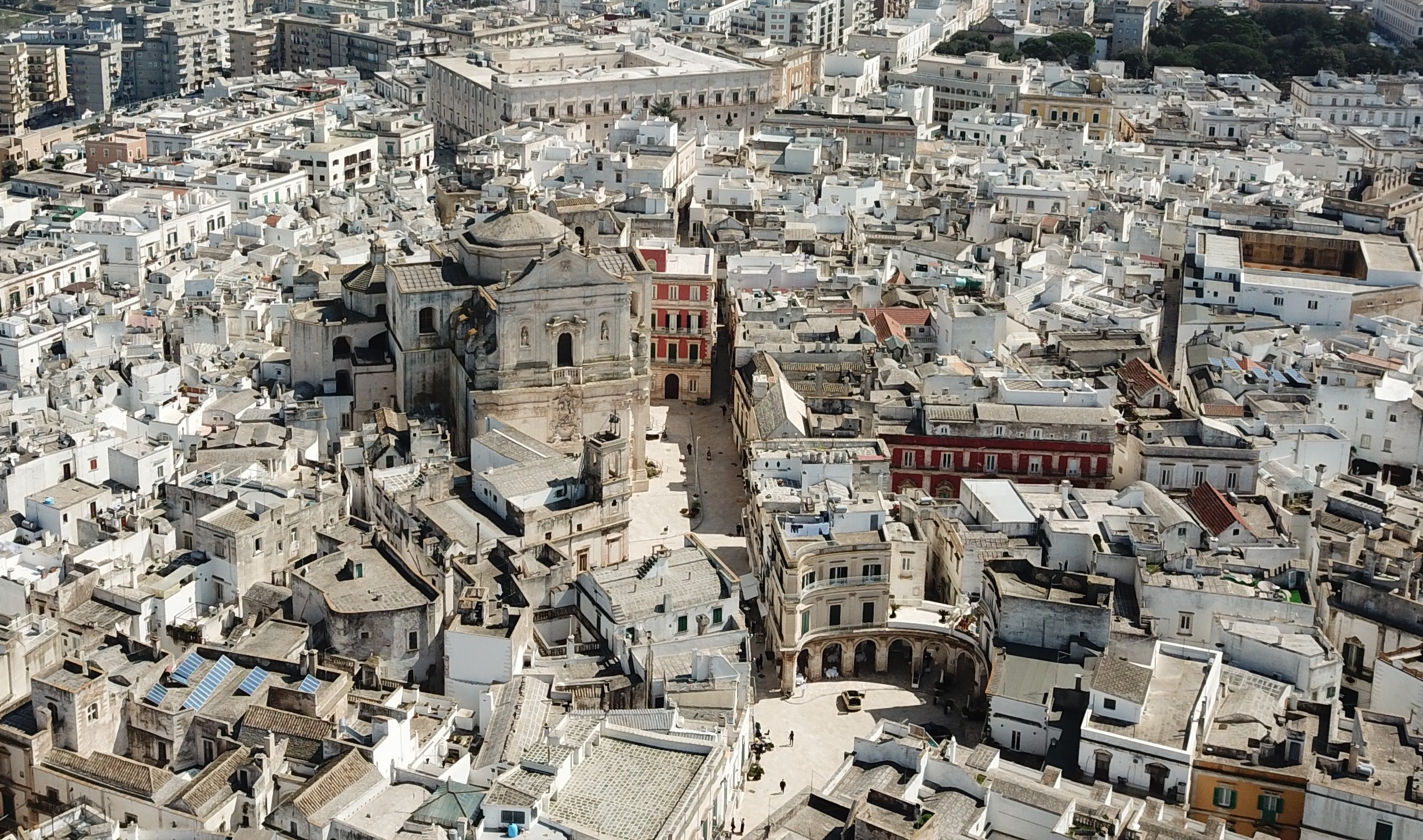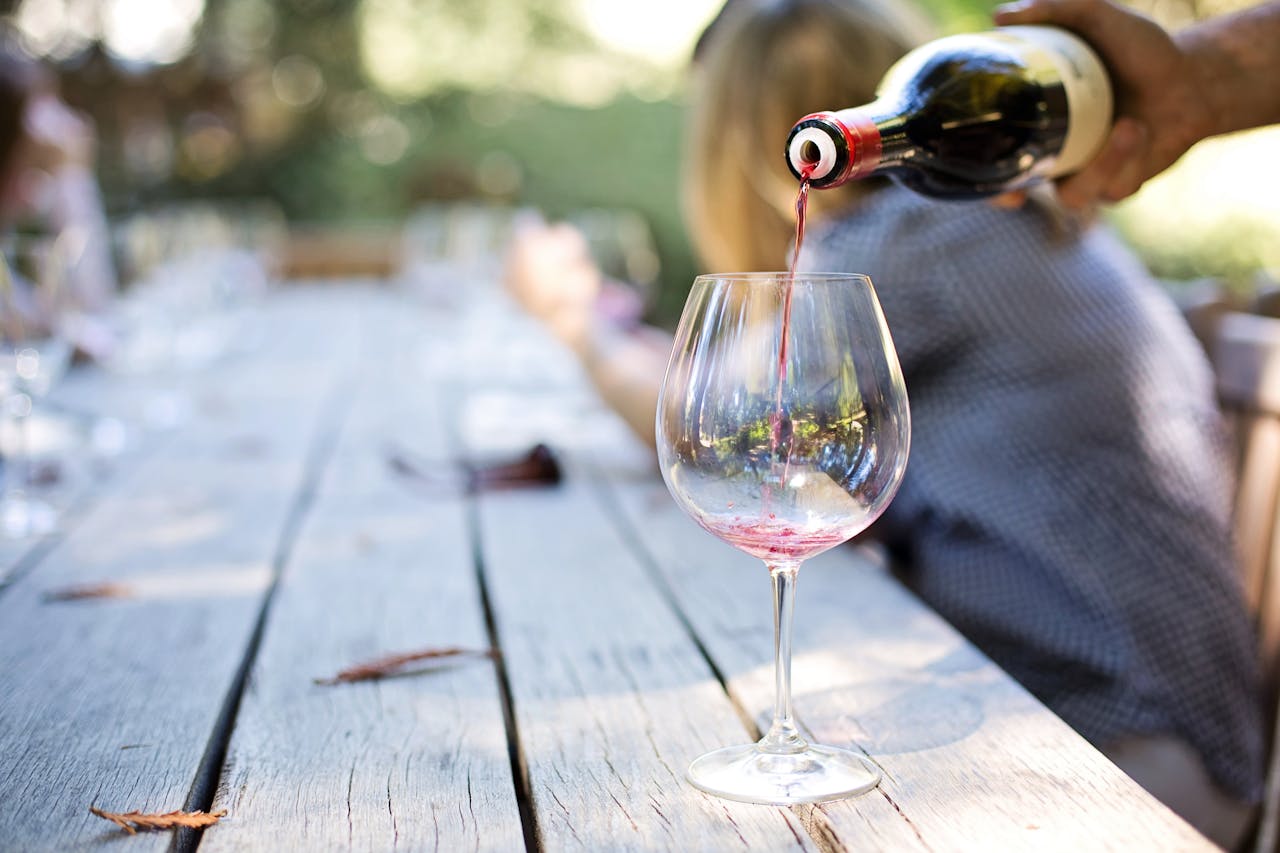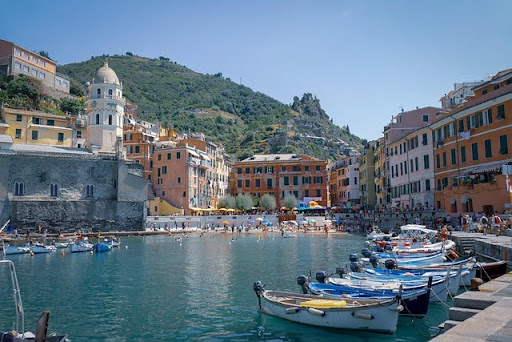Nestled in the heart of the picturesque Valle d’Itria, Martina Franca invites you on a captivating journey through time. As one of the largest towns in this enchanting valley, Martina Franca boasts a rich history, with each cobblestone and winding alley telling tales of centuries past. The town’s roots date back to prehistoric times, but it truly flourished in 1310 when Philip of Anjou granted it tax-free status and privileges, marking the beginning of its expansion. Martina Franca’s golden era in the 18th century saw the construction of significant monuments, giving rise to the distinctive Martinese Baroque style that sets it apart in architectural splendor. Amidst this historical charm, modern buildings gracefully surround the old town, creating a unique juxtaposition that adds a contemporary layer to its timeless allure.
Is Martina Franca worth a visit?
While neighboring towns like Alberobello and Locorotondo may enjoy more widespread recognition, Martina Franca remains a hidden gem, offering discerning travelers an authentic experience away from the well-trodden tourist path. As the largest town in the Itria Valley, Martina Franca’s historic center is a well-preserved labyrinth of narrow alleys, whitewashed buildings, and baroque churches. Perched on a hill in the lush Valle d’Itria, the town unfolds as a photogenic paradise, where simplicity harmoniously coexists with baroque extravagance. For those arriving via business class flights, every corner of Martina Franca offers a picturesque scene illuminated by whitewashed walls, pale stone, and intimate open spaces, creating a visual feast that awaits your lens.
The Perfect Puglia Day Trip Town
Martina Franca, with a fair-sized population of 49,000, is not just a relic of the past but a dynamic town where tradition meets modernity. While modern areas may hint at the evolving landscape, the true jewel lies in its lovely historic center—a testament to the enduring spirit of Puglia’s rich cultural tapestry. Whether you plan to explore the region or seek a memorable stopover on your Puglia tour, Martina Franca welcomes you with open arms. This baroque gem promises a day trip extravaganza, inviting you to immerse yourself in its history, architecture, and vibrant cultural identity. Traverse its winding alleys, capture the essence of its picturesque streets, and uncover hidden corners, vibrant festivals, culinary delights, and the warm hospitality that defines Martina Franca. Get ready for an exploration where history and charm converge in the heart of Puglia’s Valle d’Itria. Don’t miss the opportunity to delve into Martina Franca’s captivating tales and discover why it stands as a testament to the timeless beauty of Valle d’Itria.
Porto Santo Stefano: A Gateway into Martina Franca’s Past
Our journey commences at the medieval gate of Martina Franca, Porta di Santo Stefano, also known as Arco di Sant’Antonio. Piazza XX Settembre welcomes us into the old town, where the 4 Baroque and Renaissance gates, named after saints like Santo Stefano, San Nicola, San Pietro, and Santa Maria, remain as enduring markers of the town’s rich history. Originally surrounded by walls featuring 24 watchtowers, Martina Franca’s four gates have witnessed transformations since Italy’s unification in 1861. Notably, Porta Santo Stefano, a Baroque gem with a history dating back to the 15th century, stands out as a distinctive entry point, bridging the past with the present and inviting exploration into the heart of this captivating Puglian town.
Palazzo Ducale: A Glimpse into Aristocratic Splendor
Our journey continues to the regal Palazzo Ducale, a residence that once housed the powerful Caracciolo family. Dating back to the 17th century, this architectural gem is a testament to the town’s aristocratic past. The grand entrance, adorned with a Baroque portal featuring intricate sculptures, welcomes you. Guided tours of Palazzo Ducale provide a deep dive into the history and opulence of Martina Franca’s noble families. Walk through lavish halls adorned with frescoes, marvel at the grand staircase, and imagine the elegant gatherings that once took place within these hallowed walls.
Navigating the Labyrinth: Whitewashed Streets and Hidden Gems
Leaving Palazzo Ducale, our journey takes us through a labyrinth of narrow whitewashed streets, creating a postcard-perfect scene. These alleys, adorned with potted plants and charming balconies, lead us to hidden gems within the historic center. Venture into the heart of Martina Franca and encounter local artisans’ shops, cafes, and the everyday rhythm that defines this picturesque town. Keep an eye out for the local craftsmanship on display, including the renowned capocollo, a cured meat delicacy, with aromas wafting from traditional butchers’ shops enticing your senses.
Basilica di San Martino: Baroque Splendor
The walking tour unfolds towards the Basilica di San Martino, a beacon of Baroque splendor. This monumental structure, dedicated to Saint Martin of Tours, boasts an intricate façade that captivates the beholder. Dating back to the 18th century, the basilica invites you to step inside and witness the interplay of light and shadow, revealing the breathtaking beauty of its interior. The Basilica di San Martino transcends time, connecting you with the devotion and artistic brilliance that define Martina Franca.
Piazza Plebiscito: Symphony of Heritage
Next we make a scenic stop vibrant heart of Martina Franca – Piazza Plebiscito. With Basilica di San Martino as the backdrop and surrounded by quaint cafes, artisan shops, stepping into this charming square synchronizes your with the everyday rhythm of Martina Franca. Piazza Plebiscito serves not only as a physical hub but also as a cultural and historical nucleus, embodying the town’s deep roots and offering a picturesque backdrop for events, festivals, and the ebb and flow of local life. Whether you find yourself admiring the basilica’s timeless beauty or savoring a moment of tranquility in the square’s ambiance, Piazza Plebiscito stands as a testament to Martina Franca’s enduring legacy.
Church of San Domenico: A Spiritual Oasis
As we walk across the historic center, the Church of San Domenico emerges as a spiritual oasis. Founded by Dominican friars in the 14th century, this church offers a serene retreat from the bustling streets. The simple yet elegant interior houses artworks by local and regional artists, providing a glimpse into the religious fervor that has shaped Martina Franca over the centuries. Take a moment to sit in quiet contemplation, appreciating the hushed atmosphere and the timeless beauty of San Domenico. The church’s cloister, a hidden gem within the complex, invites you to reflect on the interconnectedness of history, art, and spirituality.
La Lama: Architectural Diversity
Let’s now descending to the lower part of town known as ‘La Lama,’ visitors witness the transformation of the once poorest district into an architectural extravaganza. Scattered amid La Lama are both well-preserved 18th-century structures and simpler, equally charming ones, bearing marks of its past. The vibrant scene includes colorful doors, windows, and balconies, providing a lively contrast to the prevailing white facades. In contrast to the grandeur near the main gate, La Lama stands as a captivating district, inviting exploration into Martina Franca’s layered history and architectural diversity.
La Cropolidi Puglia Olive Oil Mill: A Taste of Tradition
Finally we conclude the walking tour at La Cropolidi Puglia Olive Oil Mill. This unique establishment not only produces olive oil but also educates visitors on the meticulous process behind this culinary treasure. It’s a particularly enriching experience for city kids, offering them a glimpse into the traditional methods of olive oil production. For more information, visit their website.
Local Cuisine and Dining
Don’t forget your apetite as Martina Franca is a culinary haven, where each bite encapsulates tales of tradition and passion. Puglia’s cuisine, deeply connected to the land, exudes rustic honesty. Begin with essentials – freshly baked bread, extra virgin olive oil, and local cheeses – then savor handmade orecchiette, the iconic Puglian pasta perfected by nonnas over generations. For an authentic Martina Franca experience, explore local trattorias offering timeless dishes like capocollo and bombette, paired harmoniously with a glass of the region’s Primitivo wine. This town’s gastronomic richness epitomizes why Puglia is heralded as Italy’s burgeoning wine destination.
Notable Mention: Valle d’Itria Festival
Martina Franca awakens each year between the end of July and the beginning of August with the Valle d’Itria Festival. This opera festival, hosted in remarkable venues like the Palazzo Ducale and the Basilica di San Martino, is a haven for classical music enthusiasts. Showcasing over 100 works, ranging from famous to lesser-known, and spanning the spectrum of classical music and opera concerts, the festival turns the town into a vibrant cultural hub. Additionally, timing your visit right might coincide with another lively festival, La Festa di San Martino. Dedicated to the town’s patron saint, this spectacle unfolds with processions, music, and a delectable array of food. The streets come alive with locals celebrating their rich cultural heritage, extending an invitation for visitors to join in the festivities.




